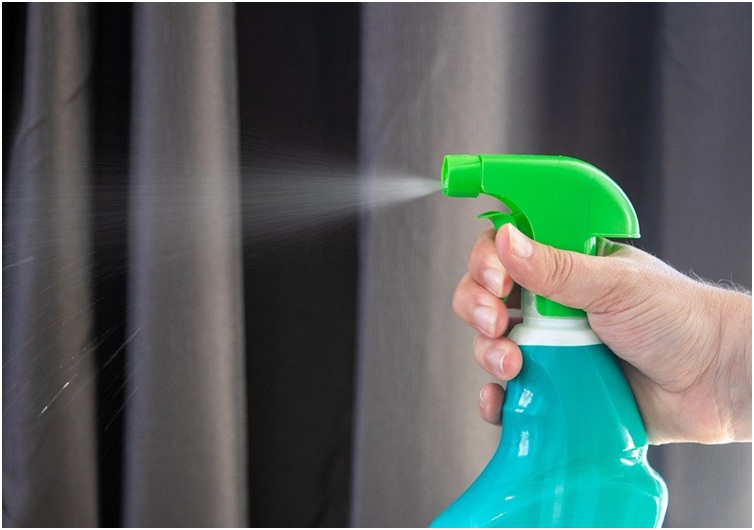Regardless of the industry in which you work, there are bound to be some chemicals around the office.
It is important to remember that these substances are chemicals, and care should be taken in their storage. This is especially true when the chemicals used are industrial grade.
Below you will find five suggestions to help ensure that cleaning chemicals are stored securely and safely in your workplace.
Identification and Labelling
Every chemical presently stored at your premises must be correctly identified and labelled. Warnings, such as indications that the bottle contains substances that are corrosive, flammable or otherwise, should be prominently visible.
Active chemicals should also be stated clearly.
To prevent unwanted mishaps, avoid handwriting these labels as doing so may make the name difficult to decipher.
Labels should be securely attached and not easily washed off or blurred. Safety Data Sheets (SDS) are critical for this step and should always be available for reference.
Storage and Handling Protocol
The way chemicals in your workplace are stored should take into account how these chemicals react with each other.
Ensure that chemicals that are incompatible with each other are not stored together, and photo-sensitive chemicals are kept away from the light. Flammable ones should not come into contact with ignition sources, and the like.
The storage area should be well ventilated and not easily accessed. Unauthorised staff should not be able to get a hold of these chemicals. Your storage area should also be located away from food preparation areas or where foot traffic is exceptionally high.
Chemicals found in your workplace should be kept in locked cabinets as much as possible. Not only does this prevent contamination, but it also ensures that it is difficult for chemicals to be stolen or misused.
Of course, the cabinets should also be able to handle the chemicals stored within. Explosive chemicals should be treated with great care and placed in storage containers that would minimise a blast should the worst occur. Similar considerations should be made for chemicals that are flammable or corrosive.
The way that the chemicals are accessed and handled should follow strict safety guidelines. The best practice is to have your in-house protocol for this or follow safety protocols from leading authorities.
Emergency Plan and Equipment
It is imperative that a contingency plan is in place. Accidents can happen at any time, and all staff should be prepared to handle such an emergency.
Have the right equipment ready for chemical spillages or contamination. Essentials such as fire extinguishers and first aid kits should always be on-hand. Be sure to have sufficient spill kits available and in easy reach.
Train staff on how to deal with different chemical spills and the correct procedure to follow. For example, adding water to some chemicals will create an explosive reaction, creating a dangerous situation.
Therefore taking the time to ensure proper handling of chemicals in an emergency is critical.
Qualified Personnel
Hazardous chemicals should only be handled by trained and qualified personnel. At the very least, you must limit the access to these chemicals only to a select few.
Staff who need chemicals should ideally go through someone who handles the storage and dispensing of chemicals exclusively.
Safety Reviews
If you already have safety plans in place for the chemicals in your workplace, that is great! However, be aware that you should review the conditions of your storage area and your safety protocols.
When someone knows the safety measures in place for chemicals, they must pass this knowledge to a successor properly when the time comes.
It is also critical to make checks to ensure that there is proper compliance with safety protocols periodically.
Chemicals are substances that need to be handled with care and in an appropriate way to keep your workplace a safe environment.
Image Pixabay License CCO


Comments are closed.